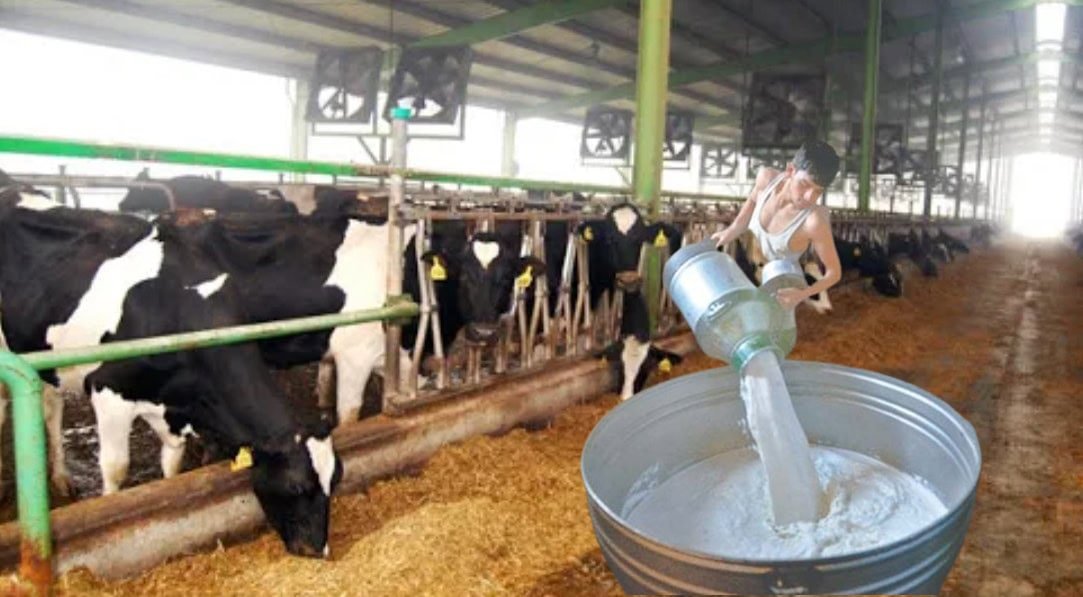
BERLIN – Drinking tea from tea bags might be worse for you than you think as Microplastics found inside porous sachet containing tea leaves.
A study by Universitat Autònoma de Barcelona (UAB) finds commercial tea bags release millions of microplastics and nanoplastics, raising health concerns. The maiden research on this subject shows that these tiny plastic particles can be absorbed by human intestinal cells, potentially entering the bloodstream and spreading throughout the body.
It also highlights growing health concerns around plastic pollution, particularly in food packaging, which is a major source of microplastic and nanoplastic contamination.
As plastic pollution continues to pose major environmental challenge, the risks associated with the ingestion and inhalation of these particles are becoming increasingly clear. Scientists analyzed several types of commercially available tea bags made from nylon-6, polypropylene, and cellulose.
Their findings were no less than shocking as tea bags released large quantities of tiny plastic particles. Polypropylene bags released about 1.2 billion particles per milliliter, averaging 136.7 nanometers in size, while cellulose bags released around 135 million particles per milliliter, averaging 244 nanometers.
The study also finds Nylon-6 bags released over eight million particles per milliliter, with an average size of 138.4 nanometers.
The team members found human intestinal cells to stained particles and found that mucus-producing cells had the highest uptake of the microplastics and nanoplastics, with some particles even entering the cell nucleus. This discovery suggests that intestinal mucus plays a key role in the absorption of these pollutants, raising concerns about the long-term health impacts of chronic exposure.
More research is needed into effects of plastic contamination and the need for standardized testing methods to assess pollution from plastic food packaging.
UAB study was part of the European PlasticHeal project, coordinated by UAB researcher Alba Hernández, and involved collaboration with researchers from the Helmholtz Centre for Environmental Research in Germany.





